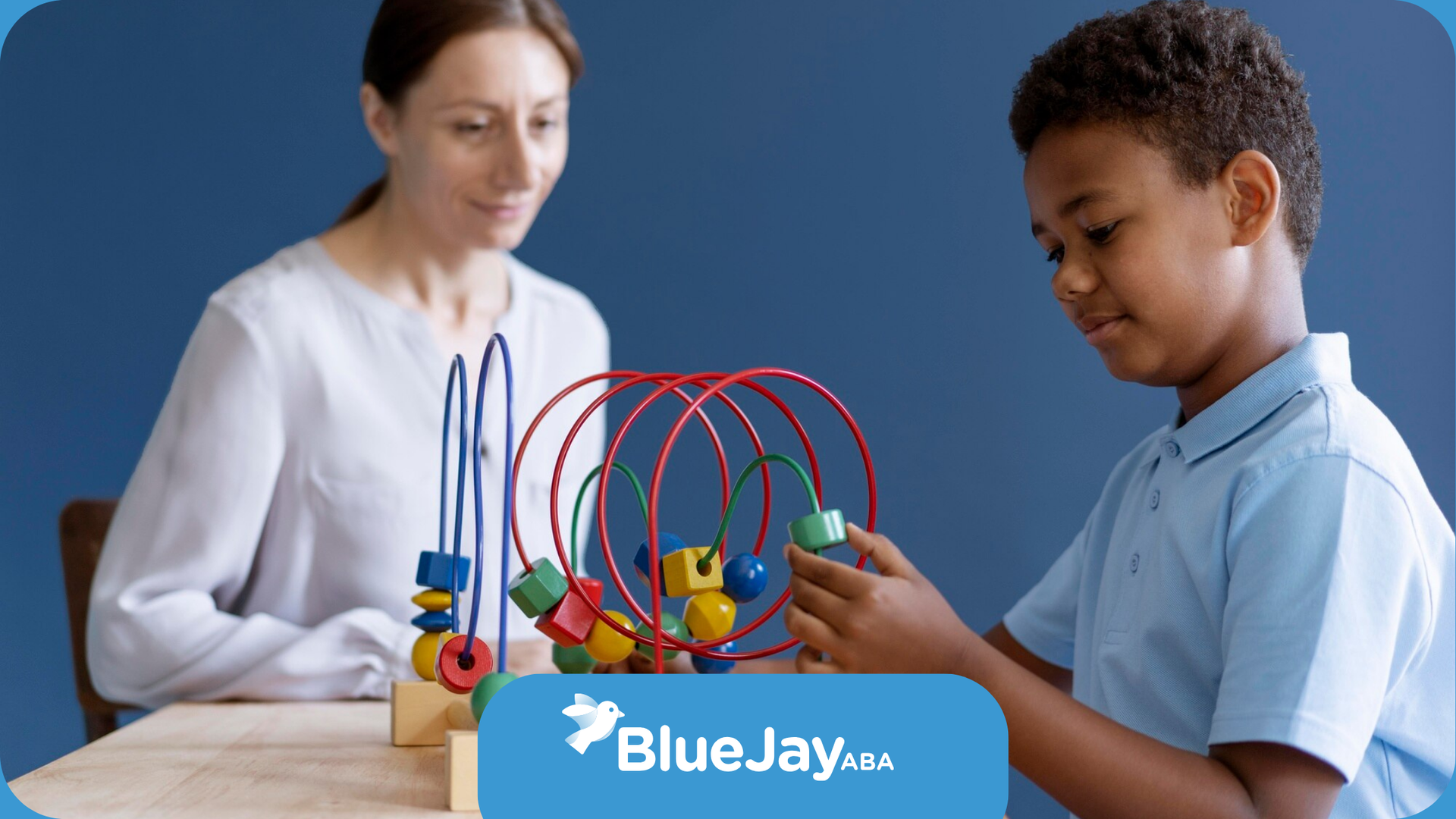Understanding Autistic T-Rex Arms in Children
For autistic individuals, certain physical mannerisms can bring a sense of security and comfort, often serving as a unique form of communication. One such behavior frequently observed in autistic children is the positioning of their arms in a way resembling the Tyrannosaurus Rex, hence the term "autistic T-Rex arms." This article aims to shed light on this intriguing behavior, its connection to sensory processing, and strategies for supporting children who exhibit it.
Decoding Autistic T-Rex Arms: An Introduction
The term “T-Rex arms” in the context of autism goes beyond a simple physical posture. It provides a window into the sensory world of autistic children and their unique ways of navigating their surroundings. This distinctive arm position, bent at the elbows with hands held close to the body, often signifies a sensory-seeking behavior or a coping mechanism for managing sensory overload.
While it may appear unusual to those unfamiliar with autism, understanding the reasons behind "T-Rex arms" is vital for fostering empathy and acceptance. It's crucial to remember that these behaviors are not intentional acts of defiance or misbehavior, but rather a child's way of regulating their sensory experiences and finding comfort.
Understanding the Term "T-Rex Arms" in Autism
The term "T-Rex arms," though informal, aptly describes the posture: arms bent at a near 90-degree angle held close to the body, mirroring the short forelimbs of the dinosaur. While the comparison might seem amusing, it's essential to approach this behavior with sensitivity and understanding.
For individuals with autism spectrum disorder, sensory input can be experienced differently. What might seem like ordinary sensations to others, can be overwhelming or even painful for them. This heightened sensitivity can extend to touch, light, sound, and movement.
"T-Rex arms" may be a way for autistic children to control their sensory experiences. By limiting arm movements and reducing sensory input from the environment, this posture can bring a sense of calm and stability.
The Significance Behind the Behavior
"T-Rex arms" is often considered a form of stimming, which are self-regulating behaviors common among autistic individuals. Stimming behaviors, which can be repetitive movements or vocalizations, serve a crucial purpose: to manage sensory input, regulate emotions, and cope with stress or excitement.
For some autistic children, the feeling of their arms close to their body can be calming and provide a sense of grounding. This pressure on their arms might offer a feeling of security and predictability in an otherwise overwhelming world.
Therefore, it's crucial to remember that "T-Rex arms" plays a significant role in the lives of autistic children. Rather than viewing it as something to be discouraged or corrected, understanding its function can help us better support their needs.
Sensory Processing and T-Rex Arms
Sensory processing differences lie at the heart of many behaviors observed in autism, and "T-Rex arms" is no exception. The way autistic children perceive and respond to sensory information from the environment shapes their motor movements and postures.
Recognizing this link between sensory processing and arm positioning is key to understanding why "T-Rex arms" is prevalent in autistic children.
The Connection Between Sensory Sensitivities and Arm Positions
Imagine a world where everyday sounds feel amplified, lights seem blinding, and even the lightest touch is unbearable. This is the reality for many autistic individuals who experience sensory overload due to heightened sensitivities. To cope with this sensory onslaught, autistic children often adopt specific behaviors that provide comfort and regulate their sensory experiences.
The positions of the hands close to the body, characteristic of "T-Rex arms," can create a sense of proprioceptive input. Proprioception refers to the body's awareness of its position in space. This input can be grounding and help reduce feelings of being overwhelmed.
By understanding the connection between sensory sensitivities and the adoption of the "T-Rex arms" posture, we can foster a more empathetic and supportive environment for those on the autism spectrum.
How Sensory Processing Disorders Influence Motor Movements
Sensory processing disorders can significantly impact motor movements in neurodivergent individuals. The way the brain interprets sensory experiences directly influences how the body moves and interacts with its surroundings. For some, sensory input might be under-responsive, leading to a constant need for movement and sensory seeking. In contrast, others experience sensory input as overwhelming, leading to avoidance behaviors.
This neurological difference in processing sensory information can manifest in a range of movements and postures, including "T-Rex arms." For some autistic children, holding their arms close to their bodies might be a way to minimize extraneous sensory input.
Understanding that these movements are not simply behavioral choices but rather a response to underlying sensory processing differences is crucial in providing effective support.
Communication Through Movement: Interpreting T-Rex Arms
While "T-Rex arms" might appear as a simple physical behavior, it's crucial to recognize that for many autistic children, it's a form of non-verbal communication. Their bodies often speak volumes when words fail to capture their internal experiences.
Learning to interpret these non-verbal cues is essential for bridging the communication gap and fostering deeper understanding within the autistic community.
T-Rex Arms as a Non-Verbal Cue in Autism
Non-verbal communication plays a vital role in the autistic community, and "T-Rex arms" is often an important part of that unspoken language. Just as a smile signals happiness or a frown indicates displeasure, "T-Rex arms" conveys a message, often reflecting a child's emotional state or sensory experience.
Recognizing and responding to these non-verbal cues is key to building meaningful connections and fostering better communication. Instead of dismissing or misinterpreting these behaviors, taking the time to understand their meaning can empower us to respond appropriately.
By embracing the diverse ways in which autistic individuals communicate, we create a more inclusive and supportive environment for them to thrive.
What Your Child is Trying to Tell You With Their Arm Position
Deciphering the message behind "T-Rex arms" involves careful observation and understanding your child's personal experiences. While general interpretations provide a starting point, each child's communication style is unique.
For instance, your child might adopt the "T-Rex arms" posture when feeling overwhelmed in a crowded room, signaling a need for space. Alternatively, it might be their way of self-soothing when feeling anxious or overstimulated.
By paying close attention to the situations, environments, or triggers that precede the behavior, parents and caregivers can begin to understand the individual meaning behind this form of communication. This understanding paves the way for responsive support and effective communication strategies.
Strategies for Supporting Children with Autistic T-Rex Arms
Supporting children who exhibit "T-Rex arms" involves creating an environment that respects their sensory needs while fostering a sense of security and comfort. This support should be multi-faceted, addressing both the underlying sensory sensitivities and the communication challenges associated with the behavior.
Collaborative efforts between parents, caregivers, and educators are essential in providing effective and compassionate support.
Creating Comforting and Supportive Environments
Creating a safe and supportive environment for children with autistic T-Rex arms often involves sensory accommodations and the development of coping strategies. Simple modifications can significantly impact a child's comfort and well-being. Reducing sensory overload can involve minimizing visual distractions, using noise-canceling headphones in loud environments, or providing access to quiet spaces during overwhelming situations.
Additionally, caregivers can introduce sensory tools that offer calming input, such as weighted blankets, textured toys, or compression vests. These tools can help regulate sensory input and reduce the need for self-soothing behaviors like "T-Rex arms".
Collaboration with an occupational therapist trained in sensory integration can provide personalized strategies and techniques to create a more comfortable and sensory-friendly environment for the child.
Practical Tips for Parents and Caregivers
Navigating "T-Rex arms" in children requires empathy, patience, and a willingness to understand their unique sensory experiences. Here are some practical tips for parents and caregivers:
- Observe and Learn: Pay close attention to the situations or environments that trigger the behavior. This helps identify potential sensory overload sources.
- Don't Force Physical Contact: Avoid forcing physical touch or restraint to correct arm positioning, as this can escalate anxiety and distress.
- Provide Sensory Breaks: Offer regular sensory breaks to prevent sensory overload. These can be quiet times in a designated calm-down corner or engaging in calming sensory activities.
- Encourage Communication: Support alternative forms of communication, such as visual aids or sign language, to help the child express their needs more effectively.
- Celebrate Small Victories: Acknowledge and celebrate any progress in communication or a decrease in "T-Rex arms" behavior. Positive reinforcement can be highly effective.
Role of Professionals in Managing T-Rex Arms Behavior
Addressing "T-Rex arms" often benefits from professional guidance. Occupational therapists, particularly those specializing in sensory integration, can play a vital role in assessing the child's sensory processing patterns and developing individualized intervention plans.
Their expertise in sensory processing and its impact on behavior can provide valuable support in managing and mitigating this behavior.
Occupational Therapy Approaches
Occupational therapy offers a range of approaches to address "T-Rex arms" in children, focusing on improving sensory processing, motor coordination, and emotional regulation. Therapists work closely with the child to identify sensory triggers and develop strategies to manage those sensitivities effectively.
Sensory integration therapy, a common approach, involves carefully controlled sensory experiences to help the child better process and respond to sensory input. This might include activities like swinging, deep pressure massage, or using a sensory brush to desensitize the child's tactile sensitivities.
The goal of occupational therapy is to equip the child with the tools and strategies to navigate their sensory experiences more comfortably, reducing the need for self-soothing behaviors like "T-Rex arms."
The Importance of Individualized Intervention Plans
No two children with autism are the same, making individualized intervention plans essential for effectively addressing "T-Rex arms" behavior. A comprehensive assessment conducted by a team of professionals, often including a Board Certified Behavior Analyst (BCBA), occupational therapist, and psychologist, is crucial.
These plans consider the child's unique needs, strengths, and challenges within the context of their home, school, and social environments. They outline specific goals, strategies, and support systems tailored to the child's needs. For example, the plan might include sensory breaks, communication aids, and behavioral strategies.
| Goal | Strategy | Support System |
|---|---|---|
| Reduce sensory overload in the classroom | Provide noise-canceling headphones and a designated quiet area | Teacher, teacher's aide, and parents |
| Improve communication about sensory needs | Implement a visual communication system using picture cards | Speech therapist, parents, and teachers |
| Reduce the frequency of "T-Rex arms" behavior during stressful situations | Teach deep breathing exercises and provide a weighted lap pad | Occupational therapist and parents |
Social and Educational Implications of T-Rex Arms
Navigating social settings and educational environments can be challenging for children with "T-Rex arms," as this behavior is often misunderstood. Educating others about autism and promoting acceptance of neurodiversity are critical steps in creating inclusive spaces.
Empathy and understanding are paramount in supporting these children socially and ensuring their educational needs are met effectively.
Navigating Social Perceptions and Misunderstandings
Social perceptions and misunderstandings surrounding "T-Rex arms" can create significant challenges for children. The lack of awareness about autism and its associated behaviors often leads to judgment, stares, or even unkind remarks. This social stigma can impact a child's self-esteem and make it harder for them to form social connections.
Promoting empathy and understanding is essential in combating these negative social perceptions. Educating peers, teachers, and the wider community about autism and the meaning behind "T-Rex arms" can foster acceptance and respect for neurodiversity.
Creating an environment where children feel safe, accepted, and valued for who they are is paramount to their social and emotional well-being.
Inclusive Education Strategies for Children Exhibiting T-Rex Arms
Creating an inclusive education environment for autistic children with "T-Rex arms" involves implementing strategies that address their sensory needs and communication styles. Teachers play a vital role in fostering understanding and acceptance within their classrooms.
Simple accommodations, such as allowing the child to sit in a less stimulating area of the classroom or providing sensory tools like fidget toys or weighted lap pads, can make a world of difference. Visual supports, such as schedules and social stories, can help with transitions and reduce anxiety.
Regular communication between parents, teachers, and therapists is crucial to share observations and adjust strategies as needed. By working collaboratively, educators and parents can create a supportive learning environment where autistic children feel comfortable and empowered to learn.
Conclusion
In conclusion, understanding autistic T-Rex arms in children requires a deep dive into sensory processing, communication through movement, and strategies for support. By creating comforting environments, providing practical tips, and involving professionals like occupational therapists, we can better manage this behavior. It's essential to address social and educational implications sensitively and promote inclusive education strategies. By unraveling the significance behind T-Rex arms, we pave the way for improved interactions and tailored intervention plans. Let's embrace empathy and knowledge to empower these children on their unique journey towards holistic development.
Let All Star ABA, Maryland's premier provider of Applied Behavior Analysis (ABA) therapy, help you understand and support your child's unique needs. Our experienced team specializes in addressing developmental challenges, including autistic t-rex arms. Through evidence-based interventions, we can help your child develop fine motor skills, improve hand-eye coordination, and build confidence. Let us empower your child to reach their full potential.
Frequently Asked Questions
Why do some children with autism display T-Rex arms?
Children with autism spectrum disorder may display "T-Rex arms" due to sensory processing differences. It can be a coping mechanism to regulate sensory input, providing comfort and a sense of security through stimming.
How can ABA therapists help children with T-Rex arms?
ABA therapy can help understand the function of "T-Rex arms" for an individual on the autism spectrum. Through behavior modification techniques and supportive strategies, ABA therapists can help improve communication and develop alternative motor skills.
Are there specific exercises to reduce T-Rex arm behavior in children with autism?
While there are no specific exercises to eliminate "T-Rex arms," occupational therapy can address underlying sensory integration issues. Therapeutic exercises might focus on improving motor coordination, promoting body awareness, or reducing repetitive movements in those on the autism spectrum.
Related Posts








